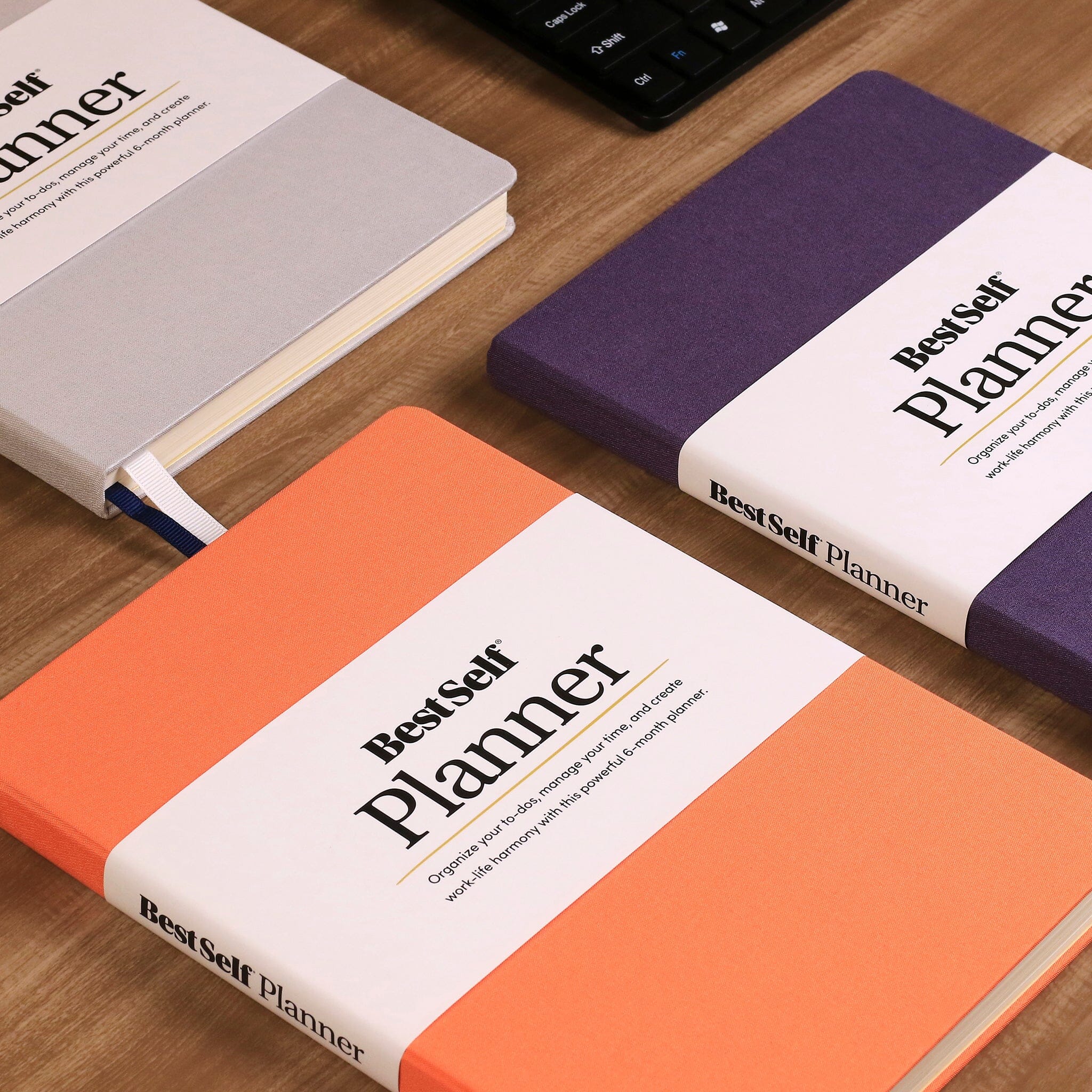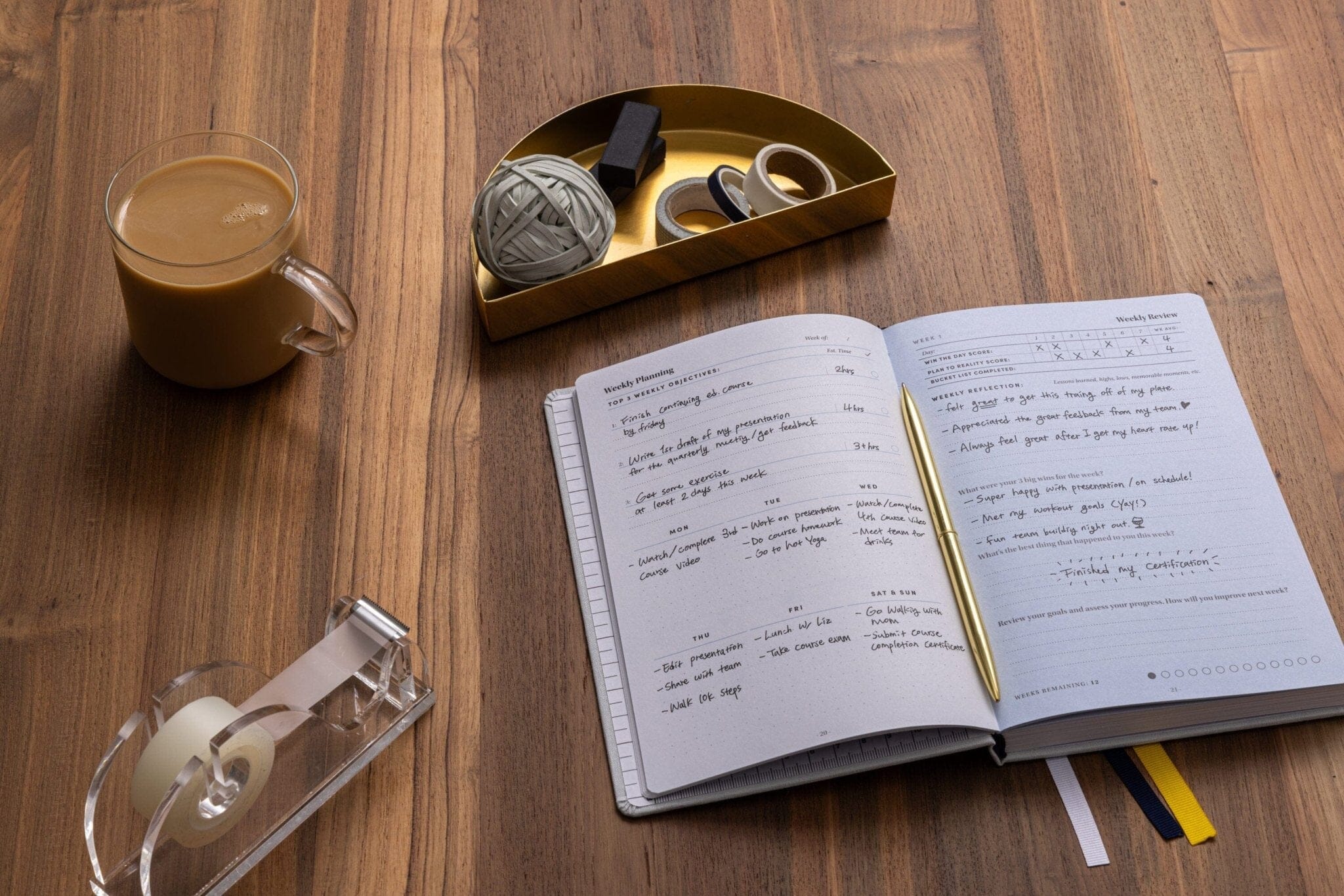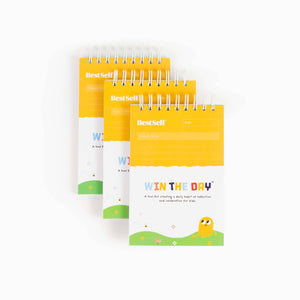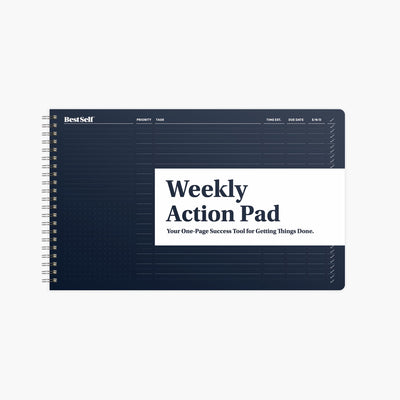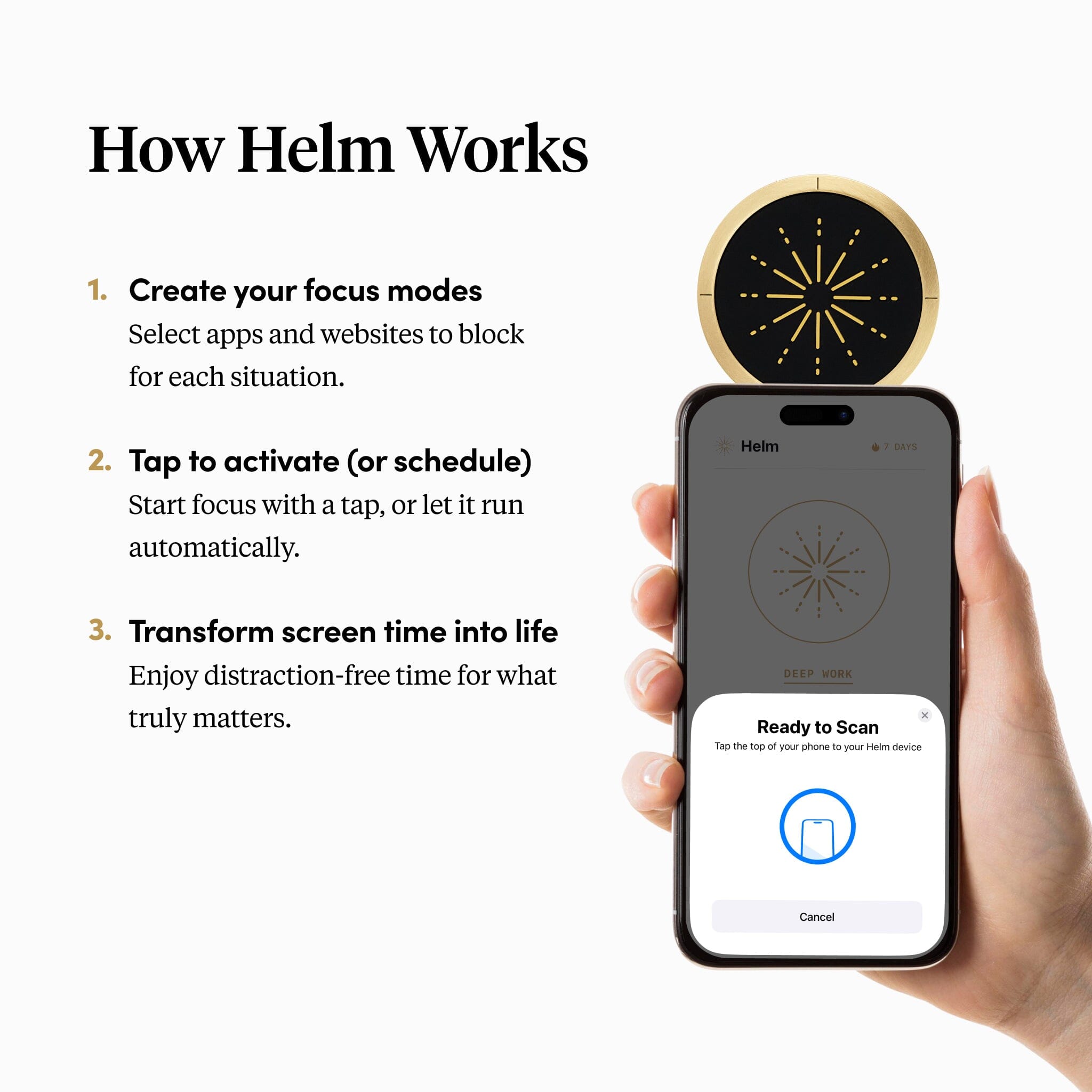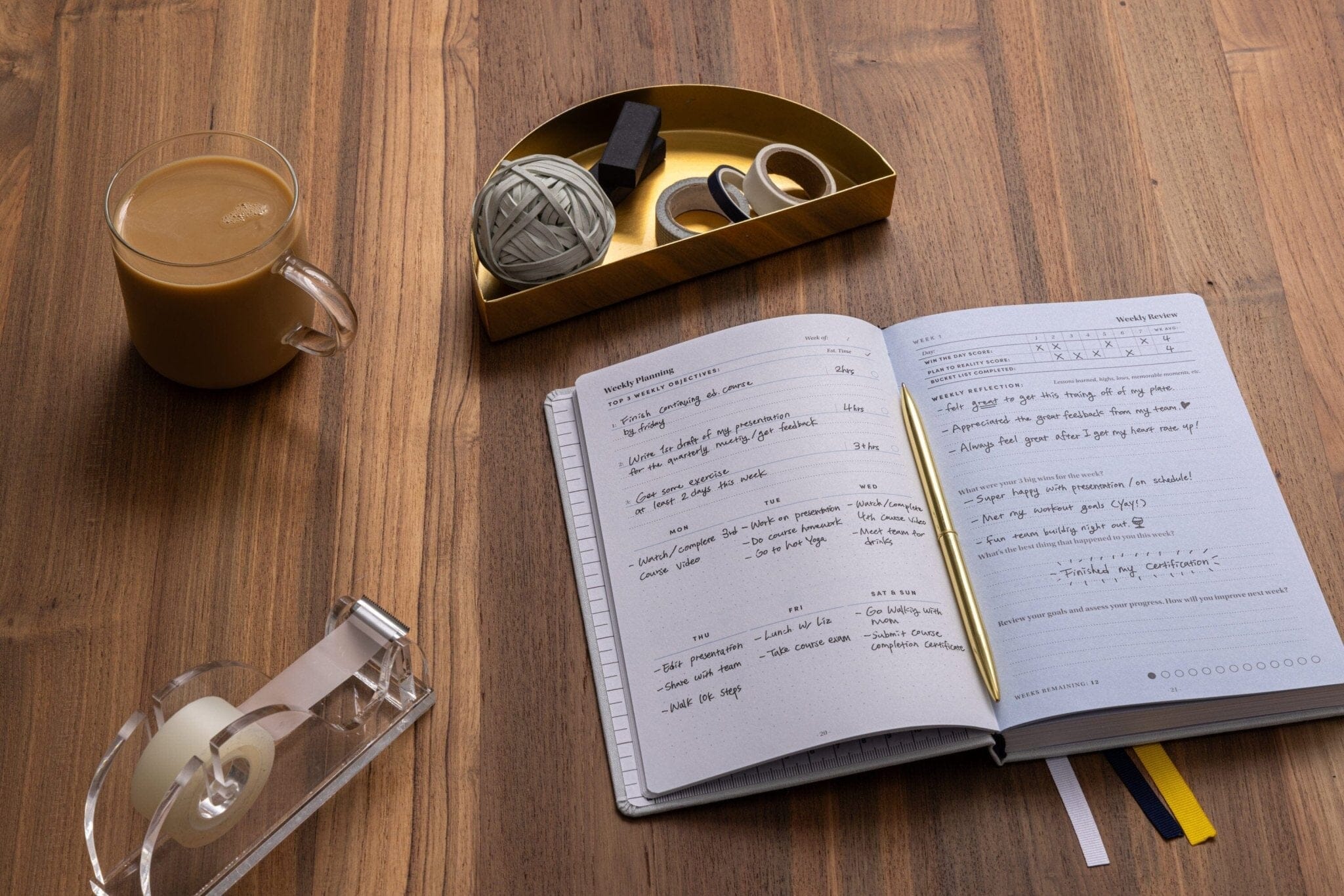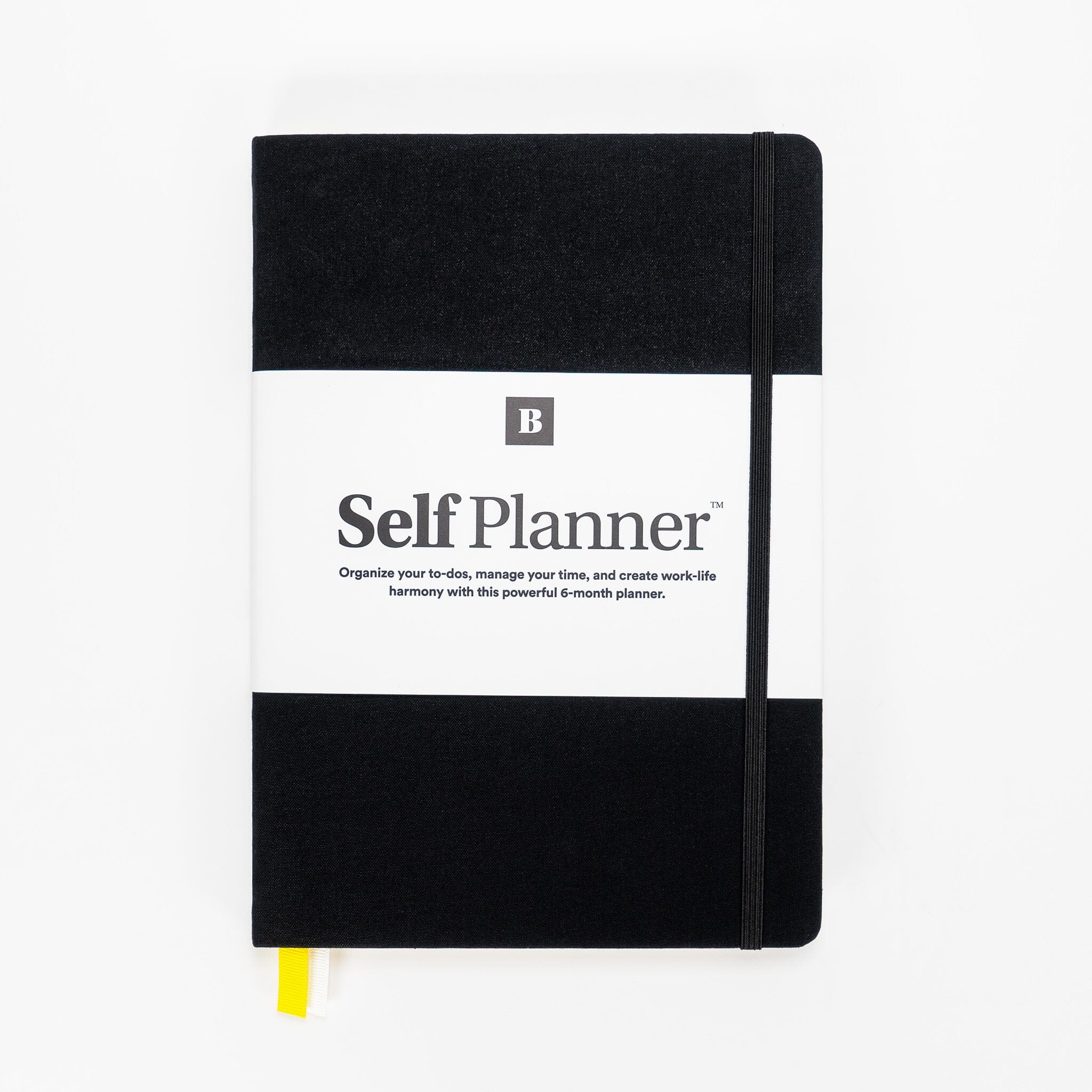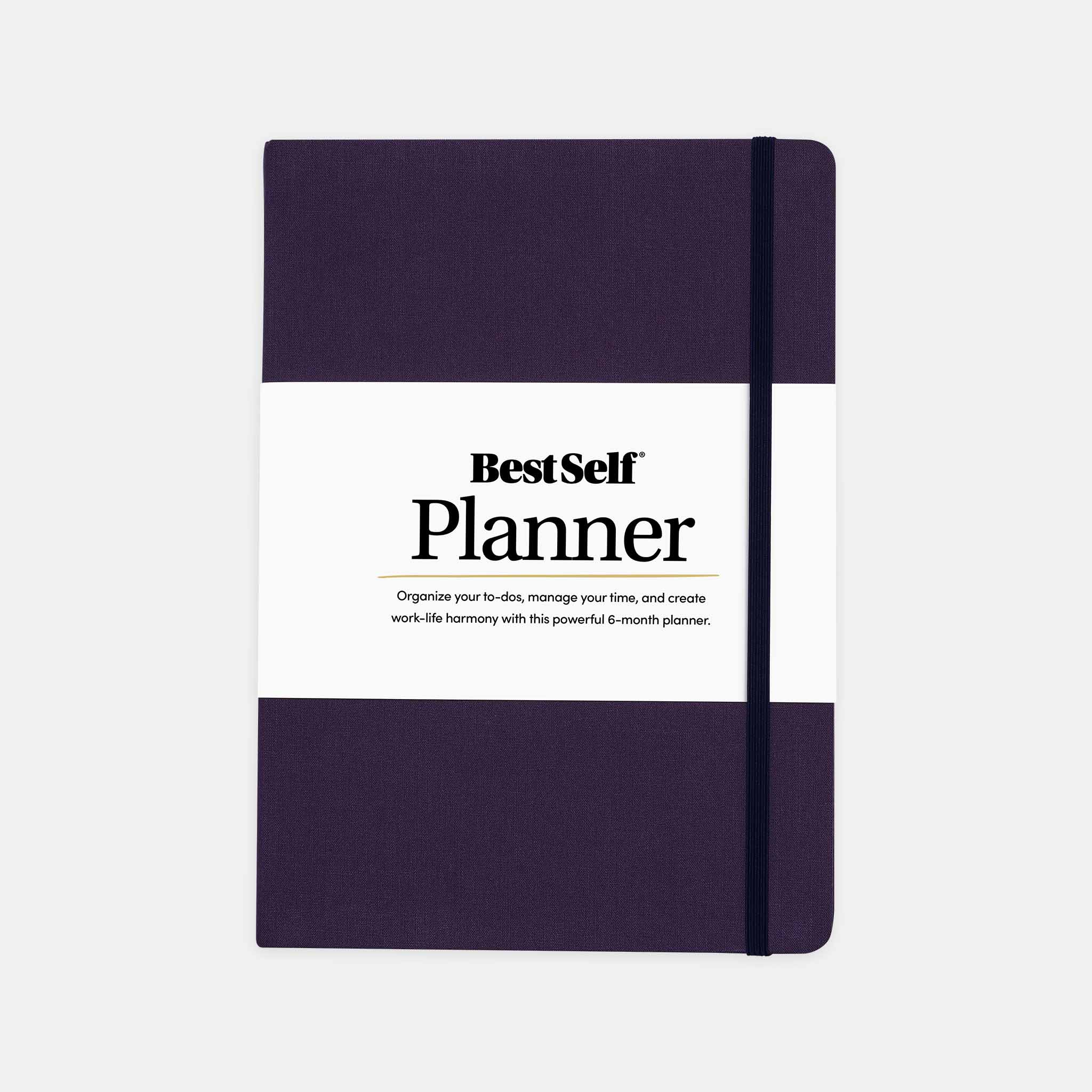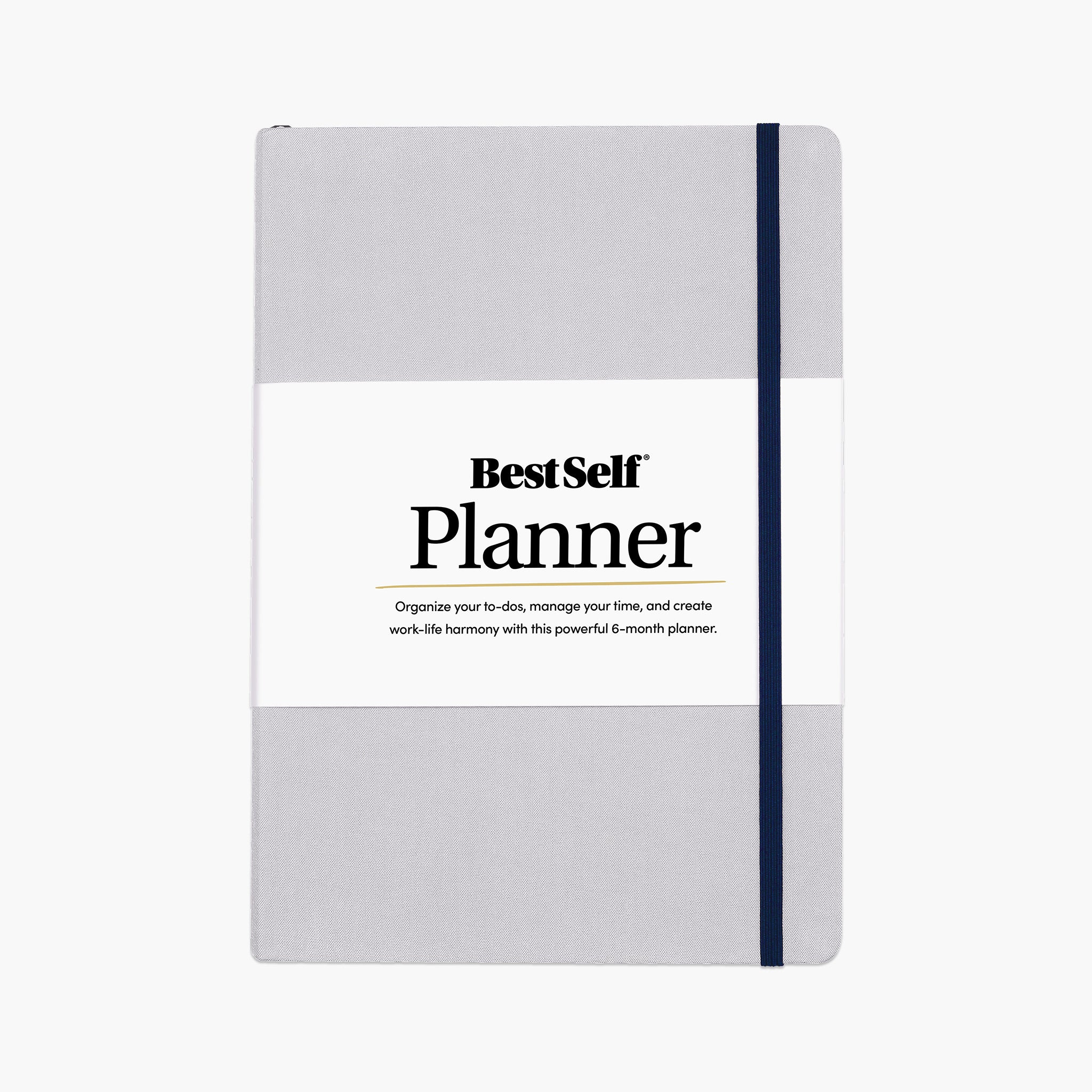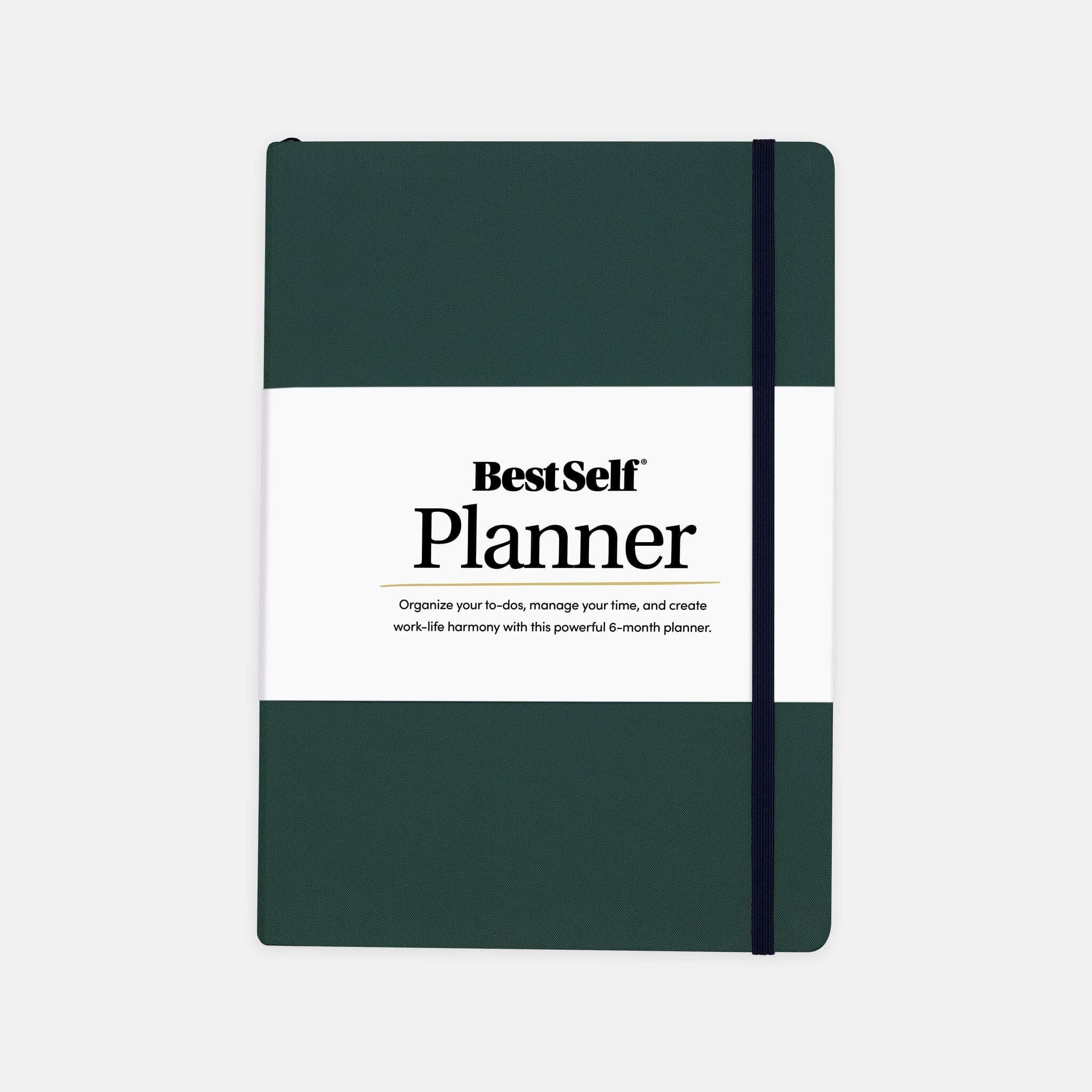Planning a family’s week can feel like playing a puzzle game without the picture on the box. Between appointments, school assignments, meals, and surprise events, it’s no wonder that calendars get crowded and to-do lists feel overwhelming. That’s where a solid family weekly planning system can make a real difference. When each person knows what’s coming, it cuts down confusion, last-minute stress, and that feeling of being constantly behind.
A strong weekly plan doesn’t just help with logistics. It also strengthens family communication. Everyone, from parents to younger kids, knows what to expect and how they fit into the rhythm of the week. Things like “What’s for dinner?” or “Who’s picking up the kids?” are sorted ahead of time. That creates space for more meaningful conversations and fewer chaotic scrambles. A bit of planning upfront saves a whole lot of back-and-forth later.
Identify Your Family’s Needs
No two families operate the same way, which is why the first step is figuring out what actually needs to go in your weekly planner. Before deciding how to organize it, take time to gather the areas where regular planning would help the most. Think beyond just appointments and include the things that have a regular impact on your week.
Here are a few common elements many families include:
- Meals and grocery runs
- School assignments, projects, or exams
- Chores and home tasks
- Work schedules or commute plans
- Sports practices, lessons, or social events
- Family routines like game nights or quiet time
Once you’ve listed everything, take a second look and mark what needs to happen every week versus one-off events. For example, “pack lunch” may happen daily, while “science fair project” might only need attention every few days. Start sorting by how often it repeats and who is involved.
Also, don’t forget individual needs. Maybe one child needs weekly reminders about reading logs, while another thrives on knowing what day gym class is. Parents might want slots for budgeting, workouts, or therapy sessions. This is a good time to talk it out as a family. Ask questions like, “What part of the week feels stressful?” or “When do we feel out of sync?” These clues help spotlight what planning can solve.
Finally, don’t try to plan everything equally. Some tasks need to be given a higher priority. If soccer practice overlaps with dinner, which do you bump? Giving high-impact items more space on the planner helps avoid overload. Low-priority tasks can have more flexible timing. That way, your week feels more doable and less crammed.
Setting Up Your Family Weekly Planner
Once you know what needs to go on the planner, it’s time to build a routine around it. A weekly planning session works best when it becomes part of your lifestyle. Pick a consistent time, maybe Sunday evenings or Monday mornings, to gather everyone and look at the coming week. The key is to keep it short and simple, so it doesn't feel like a chore.
Keep these steps in mind when setting things up:
1. Set the schedule meeting
Pick a slot where most of the family can join, even if it’s just for 10 minutes. Bring snacks or make it a casual chat at dinner.
2. Choose your tools
Every family’s mix will be different. Try a physical calendar on the fridge, a whiteboard by the door, or a shared digital calendar on your phone. Tablets and apps can work well, but don’t underestimate the power of something visual and in plain sight.
3. Color-code by person or category
This adds a quick visual guide for who’s doing what. Assign each family member a color or use symbols to show appointments, chores, and events.
4. Keep it visible
Put the planner somewhere everyone can see it. The hallway wall, pantry door, or kitchen table are all solid choices. Digital calendars are easy to check on the go, but it's helpful to have a home base that doesn't get buried under notifications.
5. Give each person a role
Kids can add their own activities or mark off completed chores. Teens might manage their own schedule and show how it connects with family plans. Even younger kids usually love sticking magnets or drawing symbols for their events.
Keep in mind that this first setup isn’t meant to be perfect. You’ll get better at knowing what to include, how much space each item needs, and which system works best after a few weeks of testing. The idea is progress, not perfection. You get bonus points for keeping it flexible and open to change.
Tips for Maintaining Consistency
To keep a family planner on track, forming useful habits is important. First, update the planner regularly. Spend around five minutes each day to add and remove tasks. This keeps everything fresh and top of mind. A central location like the kitchen table or entryway makes daily check-ins easier to remember.
Next, assign roles to encourage everyone to participate. Kids can tick off their completed chores, while older children can take charge of specific activities. This not only lightens the load for adults but also encourages responsibility.
Adjusting plans is expected. Maybe a game is canceled, or an appointment changes. Built-in flexibility lets you tweak the week without starting from scratch. Spot overlapping tasks and shift them to another day. Quick pivots keep your family on track without stress.
Here are some tips for ongoing consistency:
- Set daily reminders
Phone alarms or sticky notes can help everyone stay on track with daily updates.
- Create a weekly review
Take a few minutes once a week to talk through what’s ahead. Mornings or mealtimes work well for this.
- Include flex time
Leave some space between tasks for the unexpected. A little wiggle room keeps the week from feeling jam-packed.
With these strategies, sticking to a family planner becomes second nature. It supports even the busiest households with a steady rhythm that keeps everyone on the same page.
Benefits of a Streamlined Planning Process
A consistent family planner offers several direct benefits. Good time management means less rushing and fewer forgotten commitments. That calm start and finish each day makes a big difference.
When everything’s planned out, communication becomes easier. Instead of reminding people constantly or tracking down answers, your planner provides the overview. This helps boost cooperation and builds trust. Everyone knows their role and what’s expected of them.
Tracking goals is easier, too. Whether it’s fitness goals, reading logs, or budget check-ins, a visual tracker gives constant feedback. It helps identify what’s working and what might need a change.
For example, if you see a pattern where dinner always overlaps evening commitments, that’s a sign to adjust your plan. Seeing it written down makes it easier to solve problems ahead of time.
Having everyone’s tasks in one place reduces the number of "Did you do this?" moments. It creates smoother transitions between work, school, and home life. One scan of the planner can show you what’s due, who’s on snack duty, and when you finally have time for movie night.
Creating a Balanced Week
It’s easy to fill a planner with tasks, but it’s just as important to leave room for rest and fun. A balanced week helps your family stay happy and less overwhelmed. The point of planning isn’t to cram in more, but to make space for everything that matters.
Try structuring your week to blend work, school, play, and downtime. Make sure daily routines are in place, but also reserve space for playdates, movie nights, or park visits. Too many appointments and not enough fun can drain everyone’s energy fast.
Plan around non-negotiables first. Get school and work commitments in place. Add after-school sports or lessons next. Then, carve out empty time slots. These can be used for creative play, reading, or spontaneous fun.
Here are a few ideas:
- Monday: School, work, and grocery prep. Dinner together.
- Tuesday: Homework night. Family board game after dishes.
- Wednesday: Slow afternoon with relaxed chores and outdoor play.
- Thursday: After-school activities. Prep for weekend needs.
- Friday: Light chore check-ins, takeout, and movie night.
- Saturday: Park trip or errand errands. Open time in the afternoon.
- Sunday: Weekly planner session and wind-down time.
A balanced schedule supports well-being for both kids and adults. It shows that your family’s needs matter and that there’s more to life than running from one task to the next. By being intentional with your week, everyone gets to feel seen, involved, and refreshed.
With thoughtful planning, your family can go from feeling disorganized to connected and confident about the week ahead. A few minutes of coordination now leads to more ease, fewer surprises, and better shared time all week long.
Looking to enhance your family's planning routine further? Explore our selection of family weekly planners from BestSelf Co. to keep your household organized and connected. Tailor your week's activities with ease and make room for meaningful moments together.





